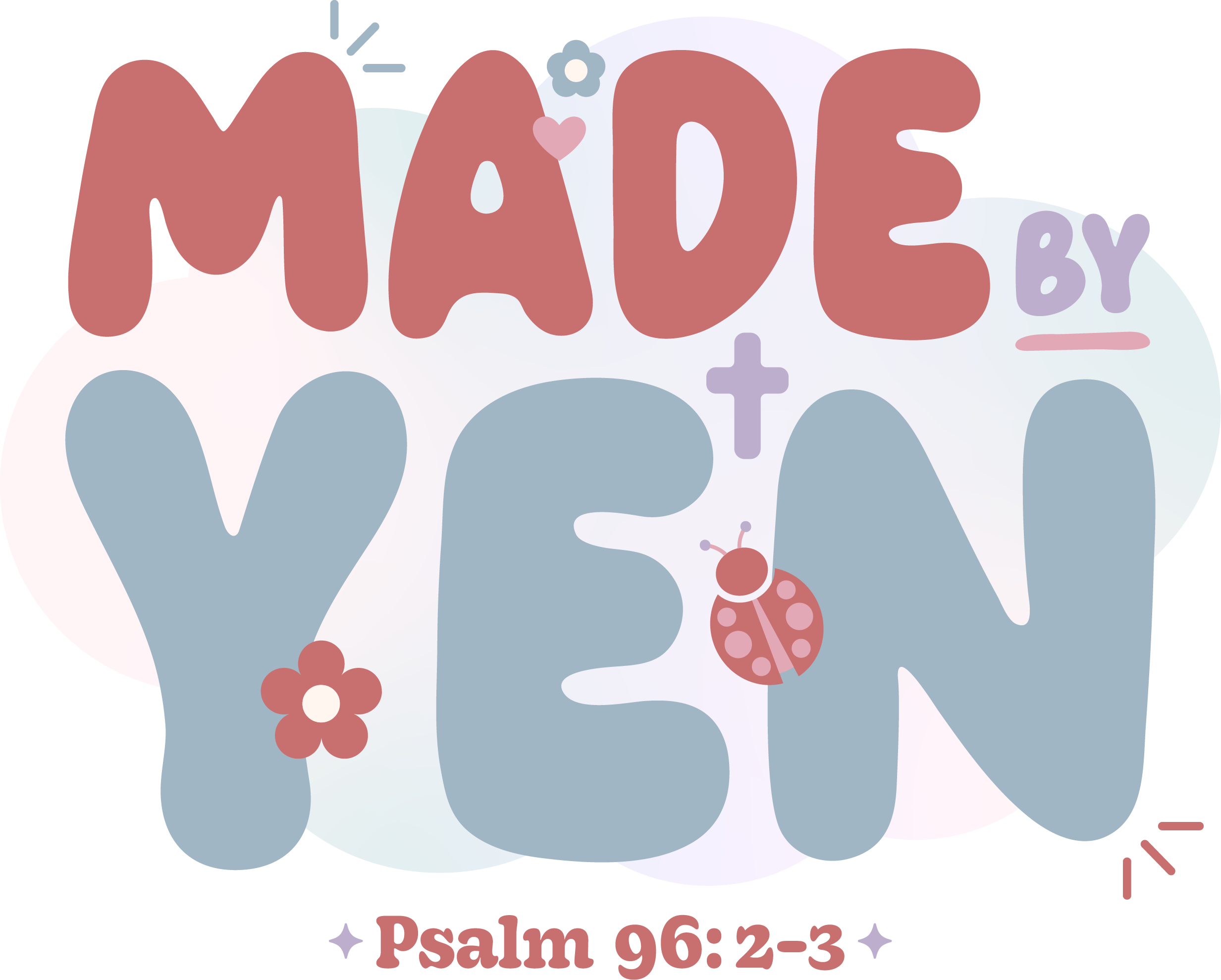Avoid Pricing Mistakes in Handmade Selling! 🎨💸
When creating and selling handmade items, you merge art with enterprise. Thus, setting the right prices is crucial for success. Be cautious of pricing mistakes that can affect both sales and profits. Whether you're a novice or a veteran, it’s vital to recognize common pricing errors. This guide helps to preserve customer trust and enhance repeat sales, ensuring you receive the rewards you deserve!
Common Handmade Pricing Mistakes
Overlooking Material Costs
Firstly, neglecting material costs can severely impact profits. It's essential to account for all expenses, including fabric and packaging. Ignoring these can result in undervaluing your products, making it challenging to cover costs or achieve profitability. Therefore, meticulously track every expense to ensure your prices encompass both costs and your time. Accurate pricing is fundamental for sustainability.
Disregarding Time and Effort
Furthermore, overlooking the time and effort involved in creating products is a prevalent mistake. Many underestimate the hours spent on designing and crafting. Thus, track the time for each piece, considering its complexity and required skill. Pricing should reflect your time as a valuable cost. This approach helps establish fair pricing, acknowledging your product’s worth and promoting just compensation.
Underestimating Market Rates
Additionally, setting non-competitive prices due to underestimating the market is common. Understand what similar items sell for by researching online, at fairs, and in stores. This practice aids in establishing prices that are neither too low nor too high, which might discourage buyers. Therefore, material quality and craftsmanship should inform pricing. Stay updated on market trends to ensure fair, competitive pricing and build trust.
Tips for Correct Pricing
Calculate True Profit Margins
To establish fair pricing, meticulously calculate profit margins. Enumerate costs such as materials, labor, and overheads before considering your desired profit margin. Ensure your price covers these costs while providing a reasonable profit. For instance, if an item costs $20 to produce and you aim for a 30% margin, price it around $28. This practice supports growth and financial health.
Evaluate Competitor Pricing
Additionally, scrutinize competitor prices to establish competitive pricing. Identify competitors and analyze their prices, product quality, and value. Consider materials, craftsmanship, and unique features. Use this information to refine your strategy, highlighting your product's unique value while maintaining competitiveness. Regular updates keep you informed of trends, enabling necessary pricing adjustments to remain market-relevant.
Adapt to Seasonal Trends
Lastly, adjust prices in line with seasonal trends to enhance sales and profits. As demand fluctuates, anticipate these patterns beforehand. For instance, holiday décor sees increased demand during festive seasons. To maximize profits, adjust prices during peak times, while offering deals during quieter periods to sustain sales. Consider seasonal product lines to leverage trends. Stay adaptable to keep your offerings attractive year-round.
Conclusion
In summary, effective pricing of handmade items demands an understanding of costs, market dynamics, and the value of your time. By tracking material expenses, acknowledging labor, and remaining aware of market rates, you can avoid pricing missteps. Employ strategies like calculating profit margins, performing competitor analysis, and making seasonal adjustments to ensure fair, competitive pricing.
Remember, your creations are unique and warrant fair pricing. With the right strategy, you can build a business that covers expenses and rewards your dedication. Stay proactive, regularly review pricing, and make adjustments for enduring success. Happy crafting and selling!







Leave a comment
This site is protected by hCaptcha and the hCaptcha Privacy Policy and Terms of Service apply.